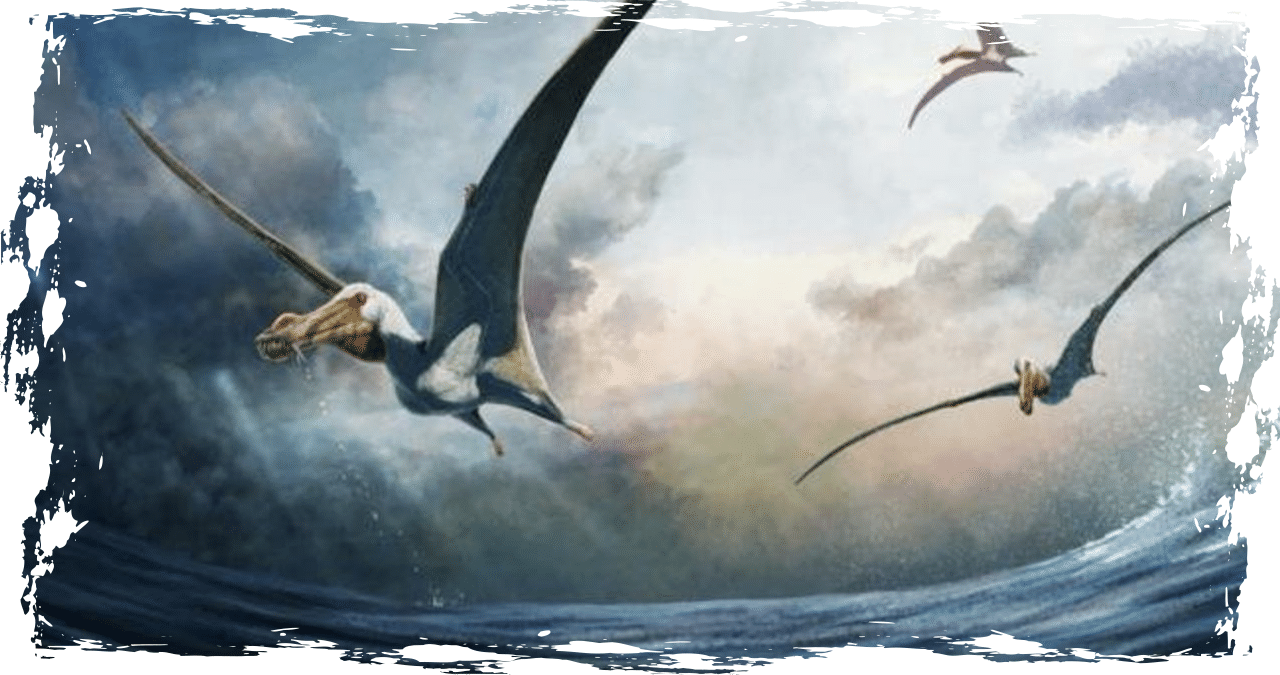A newly discovered set of fossilized bones found in western Queensland, Australia, belong to a previously unknown species of pterosaur, a formidable flying reptile from the mid-Cretaceous era. These bones, estimated to be around 100 million years old, provide a glimpse into the world of these winged creatures during a time when dinosaurs were the dominant species on Earth.
According to a press release by Curtin University in Western Australia, the recently discovered fossilized remains, which were found by Kronosaurus Korner museum curator Kevin Petersen in 2021, have been identified as belonging to a new genus and species of anhanguerian pterosaur called Haliskia peterseni.
According to a peer-reviewed study published in the journal Scientific Reports/Springer Nature, researchers from the Curtin School of Earth and Planetary Sciences were able to identify the specimen as an anhanguerian. They used various characteristics such as the shape of its skull, the arrangement of its teeth, and the shape of the shoulder bone to make this determination.
The Anhanguerian genus of pterosaurs once roamed various parts of the world including Brazil, Britain, Morocco, China, Spain, and the United States.
Adele Pentland, a doctoral student at Curtin, explained that Haliskia was a fierce predator during the time when central western Queensland was submerged under a vast inland sea, around 100 million years ago. With a wingspan of about 15 feet, it would have been an intimidating presence in the region, which is now located approximately where Victoria’s southern coastline is situated.
Mr. Petersen’s meticulous preparation has unearthed the most comprehensive specimen of an anhanguerian and pterosaur in Australia to date.
The Haliskia skeleton has made significant progress as it is now 22% complete. This is a remarkable feat, considering it is more than twice as complete as the only other known partial pterosaur skeleton found in Australia.
The collection contains intact lower jaws, the upper jaw’s tip, 43 teeth, ribs, vertebrae, bones from both wings, and a section of a leg. In addition, there are fragile and slight bones from the throat, which suggest the presence of a strong tongue that aided in consuming fish and cephalopods.
At Kronosaurus Korner, a museum situated in northern Queensland between Cairns and Mount Isa, visitors can view various noteworthy marine fossils, including Haliskia peterseni. One of the most impressive exhibits is the massive marine reptile Kronosaurus queenslandicus, which boasts a nearly 8-foot-long skull.
At the museum, you can find the most comprehensive collection of plesiosaur in Australia, including bones from the Eromangasaurus and the Platypterygius ichthyosaur. These fascinating specimens offer a glimpse into the ancient marine life that once existed in the region.
According to Petersen, the discovery in Haliskia has the potential to bring significant advantages for fields like science, education, and regional tourism.
“I am overjoyed that my discovery has been identified as a new species. Being a passionate advocate for shaping our understanding of prehistoric creatures, this news fills me with immense satisfaction.”



